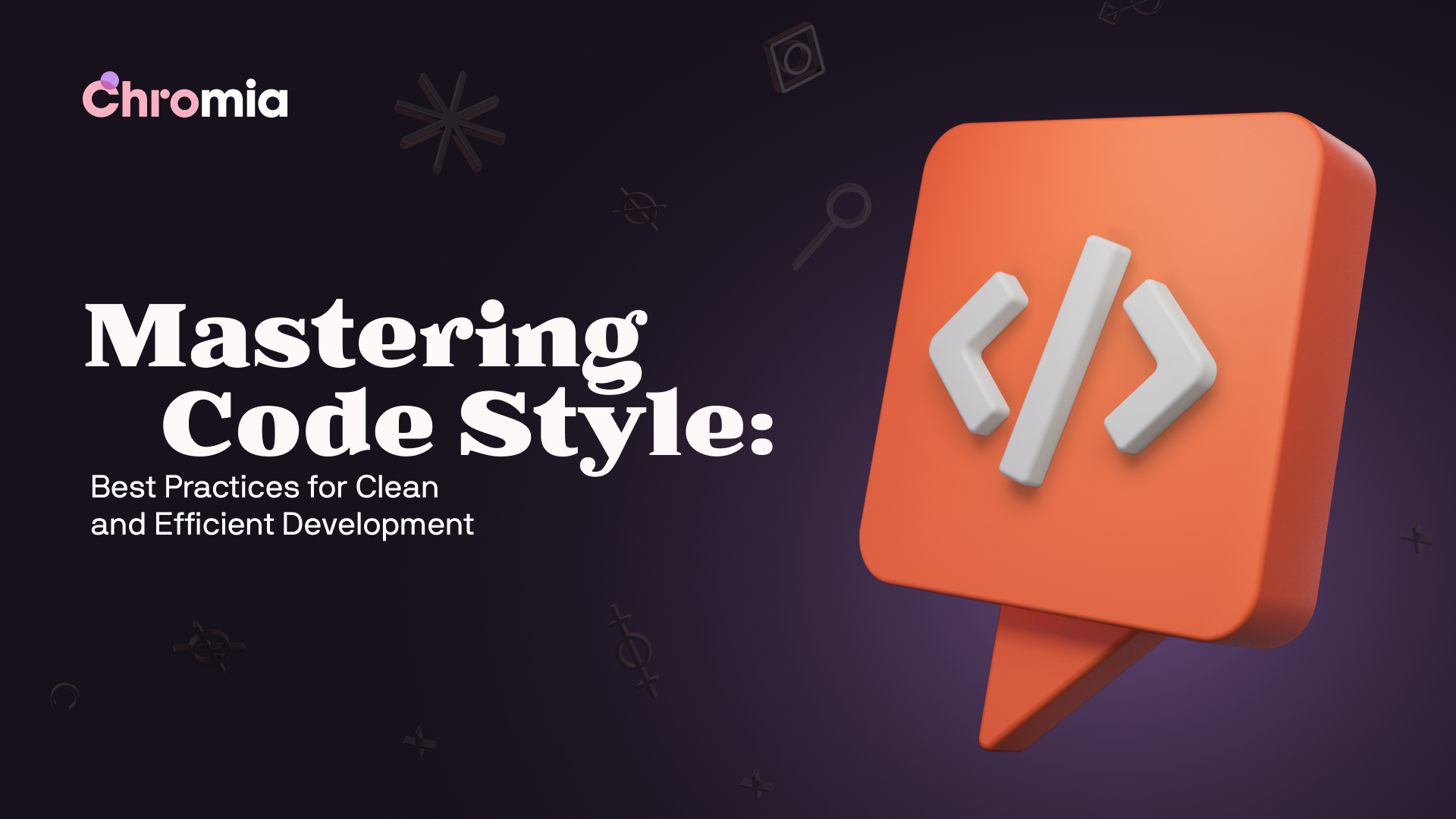Developing a consistent code style is crucial for software teams to ensure their project's readability, maintainability, and efficiency. This guide delves into coding logic and formatting principles, presenting detailed examples to help developers adopt best practices in their coding routines.
Navigating the Landscape of Coding Logic
Understanding Coding Logic Rules: A Foundation for Error-Free Code
Adherence to coding logic rules minimizes errors and enhances code quality. Key practices include:
- Using tuples over maps for consistent data structure.
- Employing structs for clarity in functions with multiple arguments.
- Rigorously validating incoming data.
Tuple Usage Versus Maps for Error Prevention
Using tuples instead of maps can significantly reduce key naming errors:
// Incorrect map usage, prone to key name errors and inconsistency
[
[
"nam": "Twitter", // Error: "nam" instead of "name"
"base_url": "http://twitter.com",
"new_key": "valid key" // Unintended key
],
[
"name": "LinkedIn",
"base_url": "http://linkedin.com"
]
];
// Correct tuple usage, enforcing consistent key names
[
(
name = "Twitter", // Compile-time error if key names are inconsistent
base_url = "http://twitter.com"
),
(
name = "LinkedIn",
base_url = "http://linkedin.com"
)
];
Structs for Clarity in Function Arguments
For functions with three or more arguments, using structs improves readability and reduces errors:
// Prone to argument order mistakes
function create_project(name: text, description: text, rules: text, public_name: text) {
...
}
// Struct usage for clarity
struct create_project_arguments {
name: text,
description: text,
rules: text,
public_name: text
};
function create_project(project_arguments: create_project_arguments) {
...
}
// Creating and using the struct enhances readability and correctness
val arguments = create_project_arguments(
name: “test_project”,
description: “my project description”,
rules: “”,
public_name: “my fancy test project”
);
create_project(arguments);
Ensuring Data Integrity Through Validation
Validation ensures the application processes correct and secure data:
// Role validation before performing operations
operation create_account(account_arguments: create_account_arguments) {
utils.require_admin(); // Require admin privileges
user.create_account(account_arguments);
...
}
// Length validation in functions
function validation_function(account_arguments: create_arguments_arguments) {
require(account_arguments.name.length < max_defined_length, "Account name is too long");
}
Formatting Rules for Readable Code
Clear formatting makes code easier to read and maintain. Here are examples illustrating best practices:
// Bad style: lacks spacing
val random_number=10;
// Good style: includes spacing around operators
val random_number = 10;
Short Format for Functions
When possible, use a short format for function definitions:
// Short format for simple return values
function day_in_millis() = 86400000;
// Using short format for complex operations
function find_last_three_user_originals(account_id: byte_array) =
(ai: Originals.Id.asset_instance, b: ft3.balance) @* {
b.account.id in [original_account_id, locked_account_id],
ai.asset == b.asset,
b.amount >= 1
} (
@sort_desc instance = ai.instance, id = ai.asset.id
) limit 3;
Proper Naming and Structuring
Naming functions and entities clearly and consistently aids in understanding and maintaining code:
// Clear naming for entity retrieval functions
function get_user(account_id: byte_array) =
require(
user @? { .account.id == account_id },
"User not found: '%s'".format(account_id)
);`
Formatting and Indentation
Proper indentation and formatting are essential for readability:
// Good style: Proper indentation and line breaks
function some_func() {
val something = 10;
if (something == 10) {
something += 1
}
}
Conclusion
Adopting a consistent code style that focuses on coding logic and formatting rules is vital for developing high-quality software. By following the practices outlined in this guide, developers can improve their codebase's readability, maintainability, and security.
This extended article now comprehensively covers the code style practices with all provided examples, ensuring a deep understanding of best practices in coding logic and formatting for clean and efficient development.
About Chromia
Chromia is a Layer-1 relational blockchain platform that uses a modular framework to empower users and developers with dedicated dapp chains, customizable fee structures, and enhanced digital assets. By fundamentally changing how information is structured on the blockchain, Chromia provides natively queryable data indexed in real-time, challenging the status quo to deliver innovations that will streamline the end-user experience and facilitate new Web3 business models.
Website | Twitter | Telegram | Facebook | Instagram | Youtube | Discord
